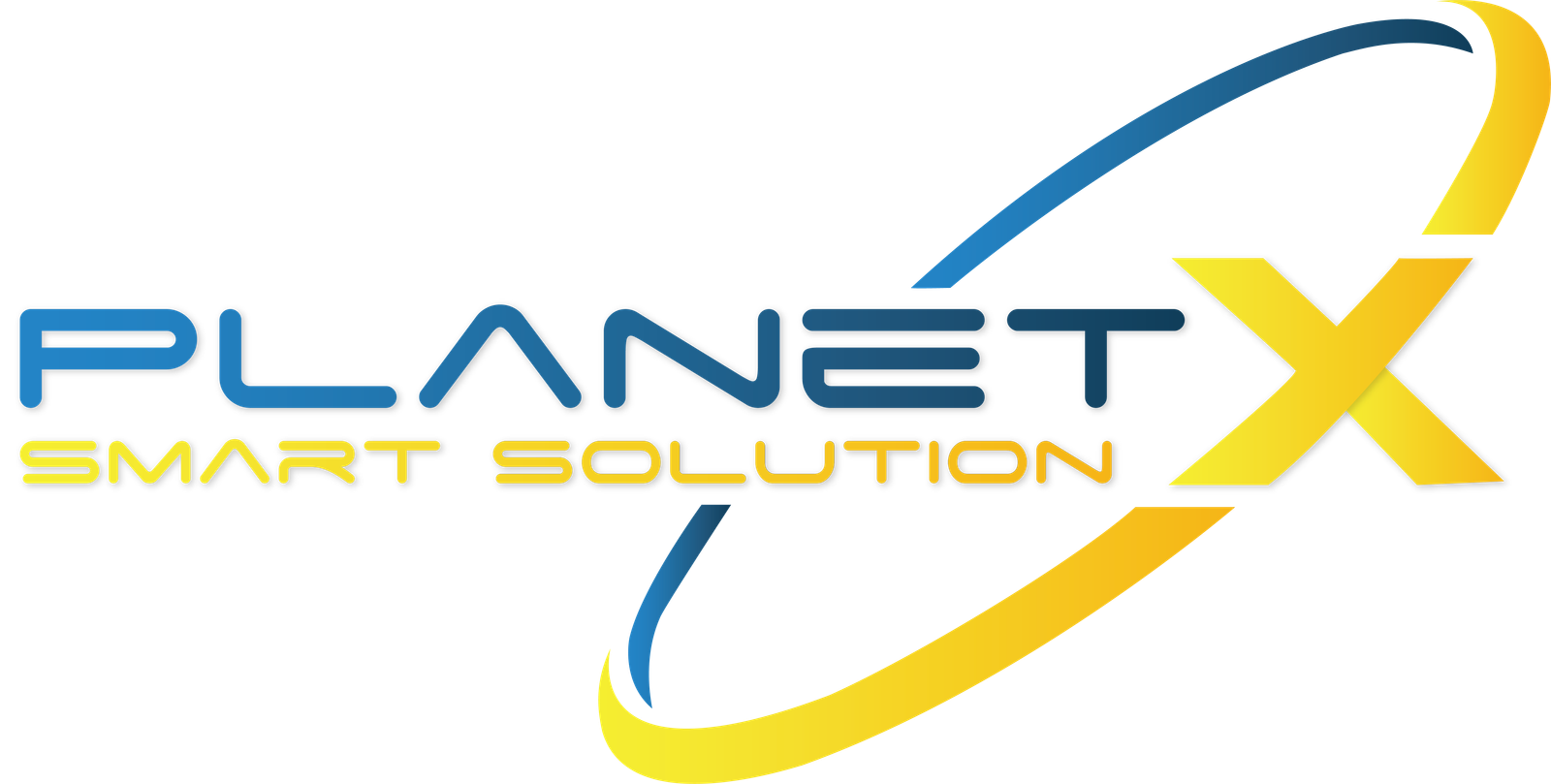9 WAYS TO INTEGRATE THE INTERNET OF THINGS INTO HOSPITALS
The Internet of Things (IoT) has the potential to effect great changes in the way the world around us is run. This is particularly so in the healthcare industry, where access to accurate and up-to-date data is critical to providing patients with the very best treatment.
As technology develops, IoT systems have given a much needed boost to the way that hospitals are run on a daily basis. Amongst these benefits are significant reductions in expenditure, as well as better treatment outcomes for patients, and improved hygiene standards.
Here are 9 ways in which IoT systems have helped hospitals improve their efficiency and ability to provide the very best in treatment to patients.
- Asset Tracking : The strides in asset tracking and management have also had a positive impact on how hospitals can effectively direct its expenditure. Whatever the size of the healthcare facility, equipment is always expensive, and it becomes even more so when they lose track of what equipment they have and where. Without the accurate data showing healthcare professionals where items are, hospitals eventually make “unnecessary” purchases of equipment. With asset tracking, hospitals can now map where their equipment is at all times, and with whom it has come into contact.
- Time-Saving Measures : With accurate asset location and up-to-date information ready at their fingertips, healthcare professionals no longer have to waste time searching for equipment or patient files. Instead, they can now see exactly where the items they need, such as equipment, are and can go straight to pick it up. When it comes to accessing patient files, these can be brought up on their screen at the simple scan of the patient’s RFID tag, with reduced time spent in searching manually for files.
- Infection Control : Using simple RFID tag and track technology, hospitals can track who and what has come into contact with each other, and with equipment. Using tagged wristbands for patients and tags attached to healthcare professionals, management can map out the routes taken by people onsite. As personal contact and touch forms such an important part of patient care, healthcare professionals need to ensure maximum hand hygiene. As this is widely acknowledged as a major player in the spread of infection, hand sanitizers can be routinely fitted with RFID sensors at the dispenser level that pick up signals from the healthcare professional’s RFID synced badge. If the dispenser is used, a signal is sent back to the centralized system showing they have complied with hand hygiene regulations. If not, the sensor sends out the necessary alert which comes up on the healthcare professional’s tag.
- Equipment Sterilization : Linked with better infection control, RFID tagging can help hospitals keep track of surgical equipment as it goes through the sterilization process. If one part of the process is missed, an alert is sent through the system to a centralized data collection system, so that management can see where there may be a risk of infection. With this data on board, the sterilization process can be rectified, and the whole sterilization process can be completed.
- Better Pharmacy Management : With so many life-saving drugs stored in a hospital’s pharmacy, it is necessary not only to keep track of stock levels and the inventory. Also critical to how the pharmacy runs is continuous checking of expiry dates. Previously, a pharmacy’s inventory had taken place manually, opening up data to the risks of human error or missed problems. With IoT systems on board, hospitals can cut down expenses from ordering too many drugs, and instead balancing their books more effectively.
- Better Treatment Outcomes : With RFID tracking solutions on hand, healthcare solutions can now be connected up to a cloud server storing all incoming data. As a result, healthcare providers and hospital management can now access the information as it comes in, in real-time, and make informed decisions on the appropriate processes. Treatment can also be given to patients that is based on evidence coming in, making healthcare timely and improve its outcomes.
- Better Disease Management : With patients continually monitored as they progress through their treatment, healthcare professionals can access data coming in, in real time. With continuous data accessible at all times and a system of alerts available, diseases can be treated before they escalate.
- Fewer errors in treatment : RFID tracking that is linked up to an in-hospital Internet of Things system ensures that both management and the doctors and nurses can immediately access accurate information. With workflows automated and no necessity to manually enter data, there is little risk of human error. Decisions become fully driven by accurate, up-to-date data, which in turn reduces costs and errors are cut down to a minimum.
- Better Patient Experience : As healthcare professionals have more time to focus on actually treating patients, patients win greater attention (and focus) from doctors and nurses. There is more proactive treatment provided, with greater accuracy on the back of more accurate data. Patients can gain the best treatment outcome, as doctors and nurses are better able to provide the treatment they need when they need it.
With this in mind, it is evident that effective healthcare isn’t just about the human element. Accurate and highly effective data that can instantly be accessed is a critical factor in patient treatment. This ensures that healthcare professionals can make the best informed choices when they are most needed.

